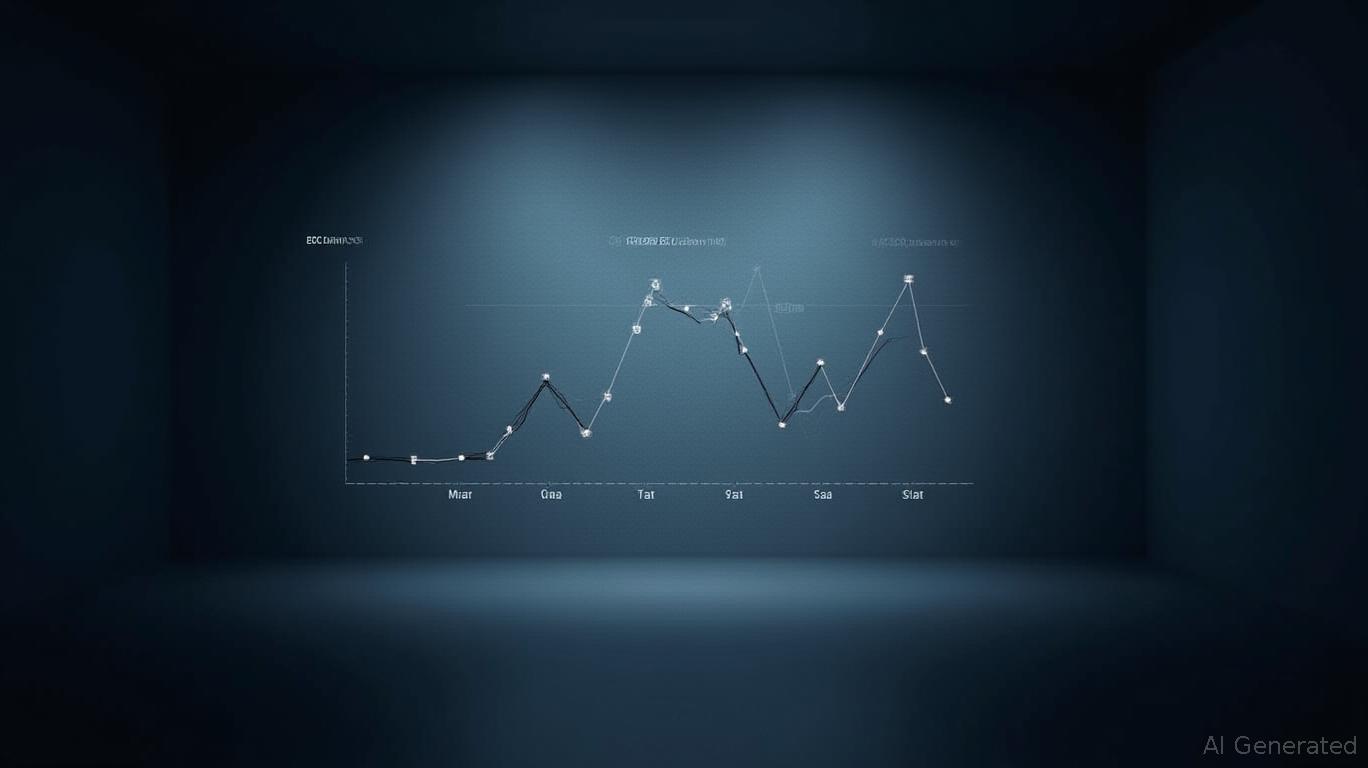Morgan Stanley Predicts No Fed Rate Cuts in 2025 Amid Inflation, Tariffs
Morgan Stanley has released a new forecast indicating that the Federal Reserve is unlikely to intervene to support the market this year, and there is a possibility that interest rates will not be cut at all in 2025. This prediction comes as the U.S. President's tariff policies are expected to drive up inflation before slowing economic growth, prompting the Federal Reserve to maintain its current stance throughout the year.
The investment bank anticipates that U.S. GDP growth will nearly stall, while the core inflation rate will significantly exceed the Federal Reserve's 2% target by the end of the year. Michael Gapen, Morgan Stanley's Chief U.S. Economist, stated that the Federal Reserve is likely to keep its current policy unchanged unless an economic recession occurs. Gapen noted that tariffs will immediately boost inflation and weaken economic activity in the future, leading to a more significant deviation from the 2% target for inflation in 2025, while the labor market will not deviate much from full employment.
Recent comments from Federal Reserve officials have reinforced the idea that interest rates will remain unchanged in the near term. Federal Reserve Chairman Jerome Powell indicated last week that policymakers would wait for greater clarity on the impact of trade policies before adjusting their stance. The Federal Reserve has kept its key overnight lending rate target range at 4.25% to 4.5%, unchanged since December 2024. Gapen expects that, with the core personal consumption expenditures (PCE) price inflation rate rising from 2.8% in February to 3.9% by the end of the year, interest rates will remain unchanged.
Meanwhile, real GDP growth is expected to slow to 0.8% in 2025 and 0.7% in 2026. In a scenario of high inflation and low growth, Gapen predicts that the Federal Reserve will prioritize controlling inflation over stimulating economic growth. This means that, according to Morgan Stanley's forecast, there will be no interest rate cuts in 2025, and the Federal Reserve will only enter an easing cycle in March 2026, reducing rates at each meeting until the federal funds rate reaches the 2.5% to 2.75% range, equivalent to seven 25 basis point cuts.
Gapen believes that only an economic recession could change the situation. He stated, "In a scenario of low growth and high inflation, we do not expect the Federal Reserve to cut interest rates before March 2026. If a recession occurs, it could mean earlier and more significant rate cuts."
Ellen Zentner, Morgan Stanley Wealth Management's Chief U.S. Economist, also stated that the Federal Reserve will not use interest rate cuts to rescue the stock market from recent sell-offs. This implies that the S&P 500 index could fall to 4600 points before hitting a bottom. Zentner noted that the government will not intervene with stimulus measures to offset the impact, as the government's fiscal policy is the root of the problem. The Federal Reserve will not step in to save the market from the effects of tariffs.
Zentner, who also serves as Morgan Stanley's Global Head of Thematic and Macro Investing, added that if one were a member of the Federal Reserve and had experienced the 1970s, they would fear runaway inflation expectations and slowing economic growth. Currently, the data is holding up, and they can afford to wait and see. Zentner's prediction that the S&P 500 index could fall further to 4600 points means that U.S. stocks have more than 7% downside from Tuesday's closing price. "There is still more downside," Zentner continued. "You might see some significant rebounds, but that would require the president to back down, and we have not seen any signs of that yet."
Zentner pointed out that as the U.S. President seeks to rebalance global trade, one side effect will be capital outflow from the U.S. "The 'exceptionalism' of the U.S. is fading, and an unintended consequence is that financial markets will be affected," the strategist added.




_23f7f7eb1749627884277.png)






